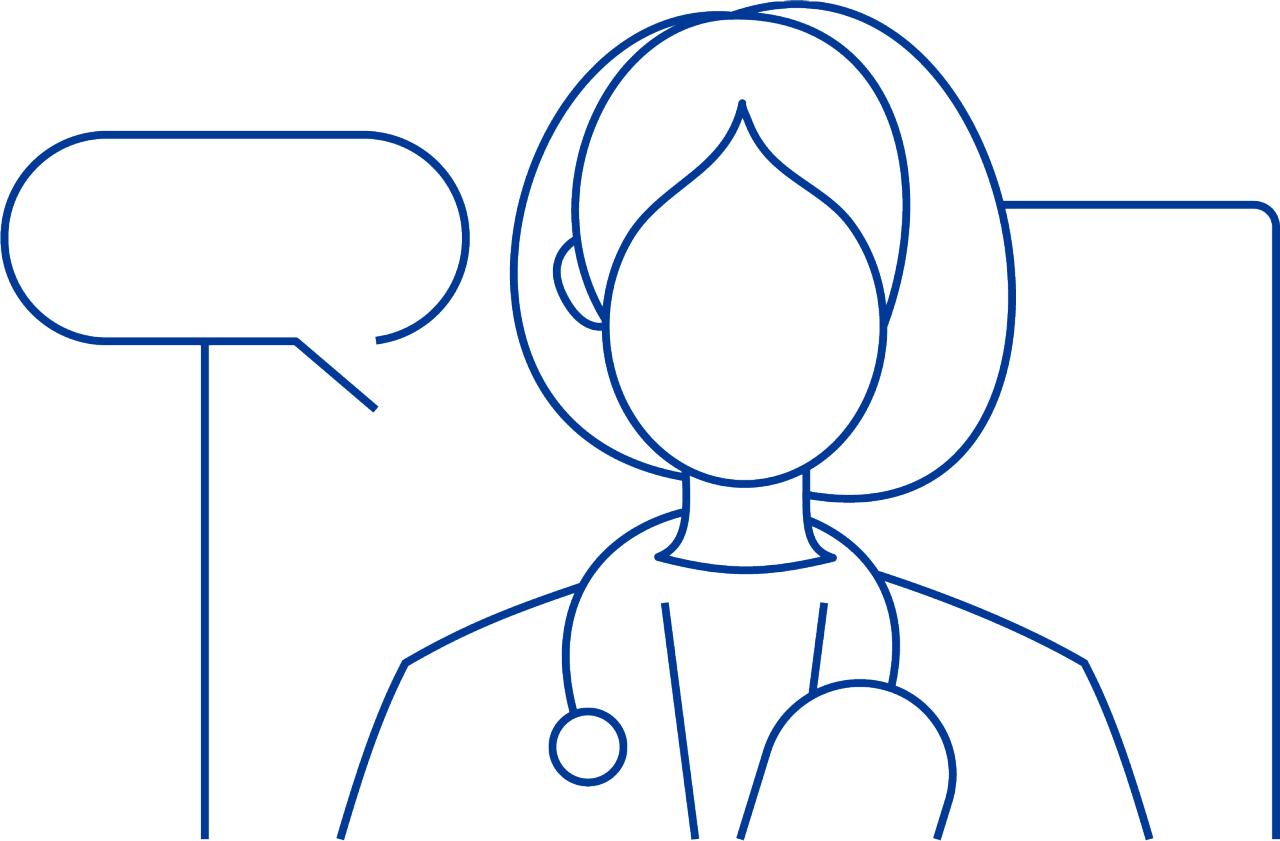Angina is a symptom most often associated with heart disease or coronary artery disease. It occurs when there is a lack of oxygen to the heart due to reduced blood flow.
-
- Find Care
-
- Visitor Information
- Find a Location
- Shuttles
- Visitor Policies
-
-
- Our Virtual Care Options
- Virtual Urgent Care
- Virtual Visits for Primary & Specialty Care
- Online Second Opinions
- Participate in Research
-
- Contact us
-
- For Innovators
- Commercialization Guide for Innovators
-
-
- Research News
- Alzheimer's Disease
- Artificial Intelligence
-
- Overview
-
- Overview
- Getting Started
- New to Mass General Brigham
- International Patient Services
- What Is Patient Gateway?
- Planning Your Visit
- Find a Doctor (opens link in new tab)
- Appointments
- Patient Resources
- Health & Wellness
- Flu, COVID-19, & RSV
- Billing & Insurance
- Financial Assistance
- Medicare and MassHealth ACOs
- Participate in Research
- Educational Resources
- Visitor Information
- Find a Location
- Shuttles
- Visitor Policies
- Find Care
-
- Overview
- Our Virtual Care Options
- Virtual Urgent Care
- Virtual Visits for Primary & Specialty Care
- Online Second Opinions
-
- Overview
- Participate in Research
-
- Overview
- About Innovation
- About
- Team
- News
- For Industry
- Venture Capital and Investments
- World Medical Innovation Forum (opens link in new tab)
- Featured Licensing Opportunities
- For Innovators
- Commercialization Guide for Innovators
- Contact us
-
- Overview
- Information for Researchers
- Compliance Office
- Research Cores
- Clinical Trials
- Advisory Services
- Featured Research
- Two Centuries of Breakthroughs
- Advances in Motion (opens link in new tab)
- Brigham on a Mission (opens link in new tab)
- Gene and Cell Therapy Institute
- Research News
- Alzheimer's Disease
- Artificial Intelligence
-
- Overview
-
- Overview
- Residency & fellowship programs
- Brigham and Women's Hospital
- Massachusetts General Hospital
- Mass Eye and Ear
- Newton-Wellesley Hospital
- Salem Hospital
- Integrated Mass General Brigham Programs
- Centers of Expertise
- Global & Community Health
- Health Policy & Management
- Healthcare Quality & Patient Safey
- Medical Education
- For trainees
- Prospective trainees
- Incoming trainees
- Current trainees
- Continuing Professional Development
What is angina?
Angina, also called angina pectoris, is discomfort or chest pain when the heart does not receive enough blood due to reduced blood flow. It is not a disease, but rather a symptom of something else. This chest pain or pressure is often associated with coronary artery or heart disease. Angina can be treated, but if the underlying cause is not diagnosed and treated, angina can be dangerous and lead to serious complications with the heart.
What does angina feel like?
Angina is described as a heaviness in the chest. Sometimes it can feel like your chest is being squeezed. Chest pain and pressure are also common. When lying down, you may feel like a heavy weight is pressing down on your chest.
For some patients, particularly women, pain might be felt in the back, jaw, shoulders, or arms. Some people may not experience any pain at all. Angina can sometimes be mistaken for other issues, such as indigestion, due to abdominal pain, nausea, or vomiting.
The pain or sensation may last several minutes and come on suddenly from walking up the stairs or feeling a stressful event.
Types of angina
Angina can be an intermittent event or an ongoing issue, depending on what's causing the chest pain and how it responds to treatment.
Stable angina typically occurs during an activity, such as walking or climbing stairs, and lasts for a short period. This type of angina usually responds well to rest and medication.
Unstable angina is a more serious type of angina. The pain usually lasts for longer periods (at least 20 minutes) and does not get better with medications. You can experience chest pain while active or while resting. Unstable angina requires immediate medical attention and may signify a major medical condition like a blood clot in the artery, which could result in a heart attack.
This type of angina is typically caused by coronary microvascular disease (MVD). It will often flare up as a result of stress or daily activities. The episodes usually last longer, from 10 to 30 minutes, and the pain is more severe. Fatigue, lack of energy, and shortness of breath are often associated with this type of angina and will require a treatment plan from a doctor.
Also referred to as Prinzmetal's variant angina or angina inversa, this type of angina is rare and usually occurs in younger people. Symptoms are caused by spasms that occur when the body is at rest or during activity. The symptoms are more severe but can be managed with medication.
What are the symptoms of angina?
Symptoms vary depending on the type of angina. Many symptoms occur in the chest area, including:
- Chest pain
- Squeezing
- Chest heaviness
- Fullness
- Pressure
Symptoms of angina are not limited to the chest. Women are particularly prone to feeling symptoms of angina in other parts of their bodies. This includes:
- Abdominal pain
- Dizziness
- Excessive sweating
- Fatigue
- Nausea or vomiting
- Pain in the back, neck, jaws, arms, or shoulders
- Shortness of breath
What causes angina?
Angina is a symptom of an underlying heart condition. It occurs when blood flow to the heart is reduced. The heart muscles must have oxygen to survive.
Numerous conditions may reduce the blood flow to the heart, which causes angina. The most common of these is coronary artery disease (CAD). This is when plaque builds up in the arteries leading to the heart, the arteries harden, and blood flow is reduced.
Complications from angina
Angina can interfere with normal daily activities, such as walking, by making it difficult and uncomfortable. It’s also possible that angina can lead to a heart attack.
A heart attack may have many warning signs and symptoms or very few. Symptoms of a heart attack include:
- Pressure, chest pain, or squeezing chest pain that last for a few minutes or longer
- Pain in other areas such as arms, shoulders, back, and jaw
- Increased amount of chest pain
- Light-headedness or fainting
- Nausea and vomiting
- Shortness of breath
- Sweating
- Pain the abdomen
It’s critical to seek medical attention immediately with these symptoms.
Risk factors for angina
Anyone at risk for coronary artery or heart disease is also at risk for angina. Risk factors for these heart conditions include:
- Anemia
- High cholesterol levels
- Smoking or use of tobacco products
- Obesity
- Diabetes
- Inactivity
- Unhealthy diet
- Older age
- Family history of heart disease
- Other health conditions, such as kidney disease or metabolic syndrome
- Emotional stress
- Medications
- Drug use
- Exposure to cold temperatures
Diagnosing angina
Chest pain can indicate a serious condition and require emergency treatment. For less serious episodes of angina, a physical examination will need to be performed to diagnose angina, but the doctor may order other tests to find the source of angina.
These tests could include:
- Blood tests
- Chest X-rays
- Stress test or nuclear stress test
- Echocardiogram
- Electrocardiogram
- Cardiac magnetic resonance imaging (MRI)
- Coronary computed tomography angiogram (CTA)
What is the treatment for angina?
The treatment for angina includes reducing the pain and pressure along with the severity of the angina. Preventing a heart attack is another goal in treating angina, which means the underlying condition needs to be treated.
Treatment includes:
- Determining and diagnosing the cause of angina
- Medications such as beta blockers, calcium channel blockers, nitrates, aspirin, or statins (or others)
- Lifestyle changes, including a nutritional diet, daily activity, and smoking cessation
- Surgical procedures, such as opening up blocked arteries
- Therapies, such as cardiac rehabilitation
How to prevent angina
Heart disease is the most common cause of angina, so living a heart-healthy lifestyle is one of the ways to possibly prevent angina. This includes using strategies such as:
- Maintaining a healthy weight and exercising regularly
- Eating a nutritional diet heavy in whole grains, fruits, and vegetables and low in salt
- Practicing stress relief through meditation, deep breathing, mindfulness, or exercise
- Avoiding smoking and tobacco products
- Limiting or avoiding alcohol
- Managing other health conditions, such as diabetes, high cholesterol, and high blood pressure
FAQs
Angina refers to the chest pain, or symptoms, resulting from reduced blood flow to the heart. While angina is not life-threatening, it could be a symptom of a major life-threatening condition, such as a heart attack.
Angina is the result of reduced blood flow to the heart. When someone is stressed, it produces stress hormones, which can cause the arteries to narrow or tighten. This can make angina worse or bring on the symptoms associated with angina.
Angina is often described as chest pain, a tightening or squeezing of the chest. It may feel like pressure or weight is on top of the chest. Pain is not always limited to the chest area. There may be pain in the back, neck, arms, shoulders, or jaw. You can also experience digestive discomfort, such as nausea or vomiting. Many of these symptoms can be mistaken for other ailments.
It is important to discuss any physical activity with your doctor when managing angina. Walking or other low-impact exercise can benefit people with stable angina, but you should discuss this with your doctor as part of an overall treatment plan.

